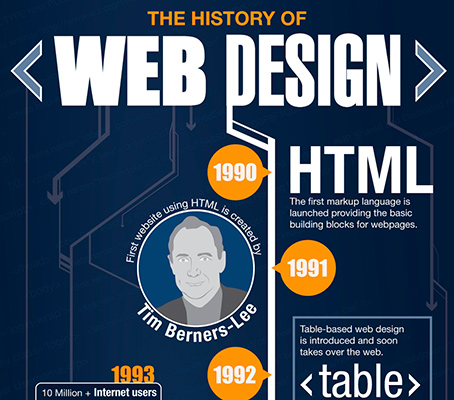Core Concepts Of Internet Site Style: Advice For Crafting A User-Friendly Online Presence
Core Concepts Of Internet Site Style: Advice For Crafting A User-Friendly Online Presence
Blog Article
Writer-Abildtrup Ehlers
When it concerns website style, making sure user-friendliness is key. From responsive design to streamlined navigating, every element plays a vital function in developing a site that deals with your target market's demands. Yet what about the finer information that can make or damage a customer's browsing experience? Remain tuned as we reveal some often-overlooked tips that can raise your site's use to the following degree, making it truly attract attention in the digital landscape.
Importance of Responsive Style
Responsive design is an essential facet of contemporary internet site development. Ensuring your site is responsive methods that it can adapt to various display sizes and gadgets, giving a smooth experience for customers.
With the boosting use of mobile phones and tablets to access the internet, having a receptive design is necessary for getting to a larger target market. It assists in improving individual experience by making your internet site easy to navigate and continue reading any type of tool.
Additionally, responsive design can favorably impact your search engine positions, as search engines like Google prioritize mobile-friendly sites. By having a responsive design, you're also future-proofing your website, as brand-new gadgets with differing display dimensions continue to emerge.
Simplify Navigating Structure
To improve user experience and promote easy accessibility to info on your internet site, streamlining the navigating framework is critical. When developing your website, focus on creating a clear and intuitive navigating food selection that assists site visitors locate what they're looking for quickly.
Limitation the number of menu products to the essentials, grouping related web pages together to avoid frustrating users. Use detailed tags that plainly indicate the web content of each page, making it much easier for customers to recognize where each web link will take them.
Consider applying dropdown menus for subcategories to avoid jumbling the primary navigation bar. Additionally, include https://www.google.com/search?q=Tipping+Point+Digital&ludocid=15020801446772368566&lpsid=CIHM0ogKEICAgICx6sHqvgE&source=sh/x/localposts/m1/1&lsig=AB86z5XS5EPiIMwVdXEAgQuHo39I&shndl=-1&kgs=7861077bf63b63b1 on the page for individuals that choose searching for certain details.
Focus on mobile responsiveness in your navigation style to make certain easy access on all tools.
Optimize Page Lots Rate
Improving page load speed is essential for keeping visitors on your web site. Slow-loading pages annoy users and can lead to high bounce rates. To optimize page load rate, begin by optimizing pictures. Press images without compromising high quality to minimize their data sizes.
Furthermore, make it possible for browser caching to keep frequently accessed sources locally, quickening tons times for returning visitors. Minify CSS, JavaScript, and HTML files by getting rid of unneeded personalities, comments, and formatting, boosting load speed.
Think about utilizing Digital Marketing Agency For Ecommerce (CDN) to distribute your web site's web content throughout numerous web servers worldwide, reducing latency for users accessing your site from different places. Lastly, restrict using third-party scripts and plugins, as they can substantially impact lots times.
Final thought
Finally, by including receptive style, simplifying navigating, and enhancing page tons speed, you can create an user-friendly site that attract a wider target market and enhances user experience. These essential elements make sure that site visitors can easily accessibility and navigate your site throughout various devices, causing raised interaction and contentment. By focusing on these essential facets, you can construct a successful site that keeps individuals returning for even more.
